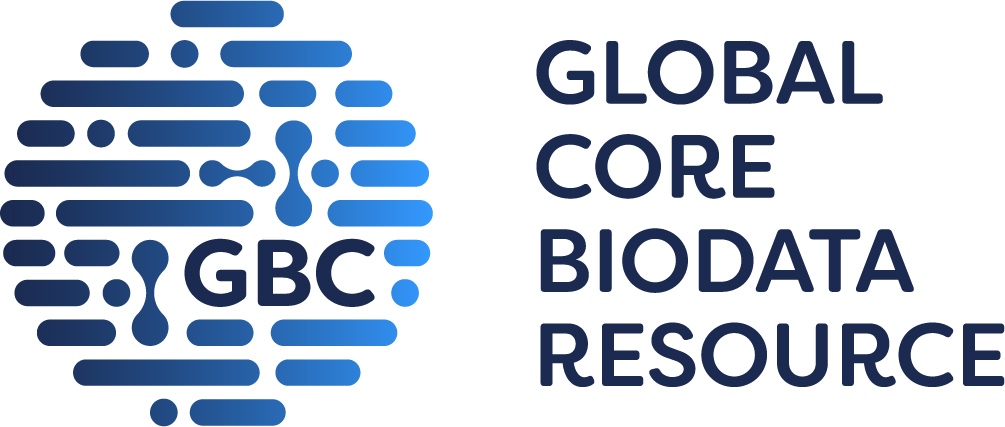
GtoPdb is requesting financial support from commercial users. Please see our sustainability page for more information.
Type I receptor serine/threonine kinases C
Unless otherwise stated all data on this page refer to the human proteins. Gene information is provided for human (Hs), mouse (Mm) and rat (Rn).
Overview
The type I receptor serine/threonine kinases are also known as activin receptors or activin receptor-like kinases, ALKs, for which a systematic nomenclature has been proposed (ALK1-7). These receptors are responsible for signalling in response to transforming growth factor beta (TGFβ) [4]. These act as a heterodimer, where Type I RSTKs are phosphorylated by Type II RSTKs.
Receptors
|
ALK1 (activin A receptor type IL)
C
Show summary »
More detailed page |
|
ALK2 (activin A receptor type 1)
C
Show summary »
More detailed page |
|
BMPR1A (bone morphogenetic protein receptor type IA)
C
Show summary »
More detailed page |
|
ALK4 (activin A receptor type 1B)
C
Show summary »
More detailed page |
|
TGFBR1 (transforming growth factor beta receptor 1)
C
Show summary »
More detailed page |
|
BMPR1B (bone morphogenetic protein receptor type IB)
C
Show summary »
More detailed page |
|
ALK7 (activin A receptor type 1C)
C
Show summary »
More detailed page |
Further reading
Citation information
Database page citation:
Type I receptor serine/threonine kinases. Accessed on 12/09/2025. IUPHAR/BPS Guide to PHARMACOLOGY, http://www.guidetopharmacology.org/GRAC/FamilyDisplayForward?familyId=318.
Concise Guide to PHARMACOLOGY citation:
Alexander SPH, Fabbro D, Kelly E, Mathie AA, Peters JA, Veale EL, Armstrong JF, Faccenda E, Harding SD, Davies JA et al. (2023) The Concise Guide to PHARMACOLOGY 2023/24: Catalytic receptors. Br J Pharmacol. 180 Suppl 2:S241-288.









